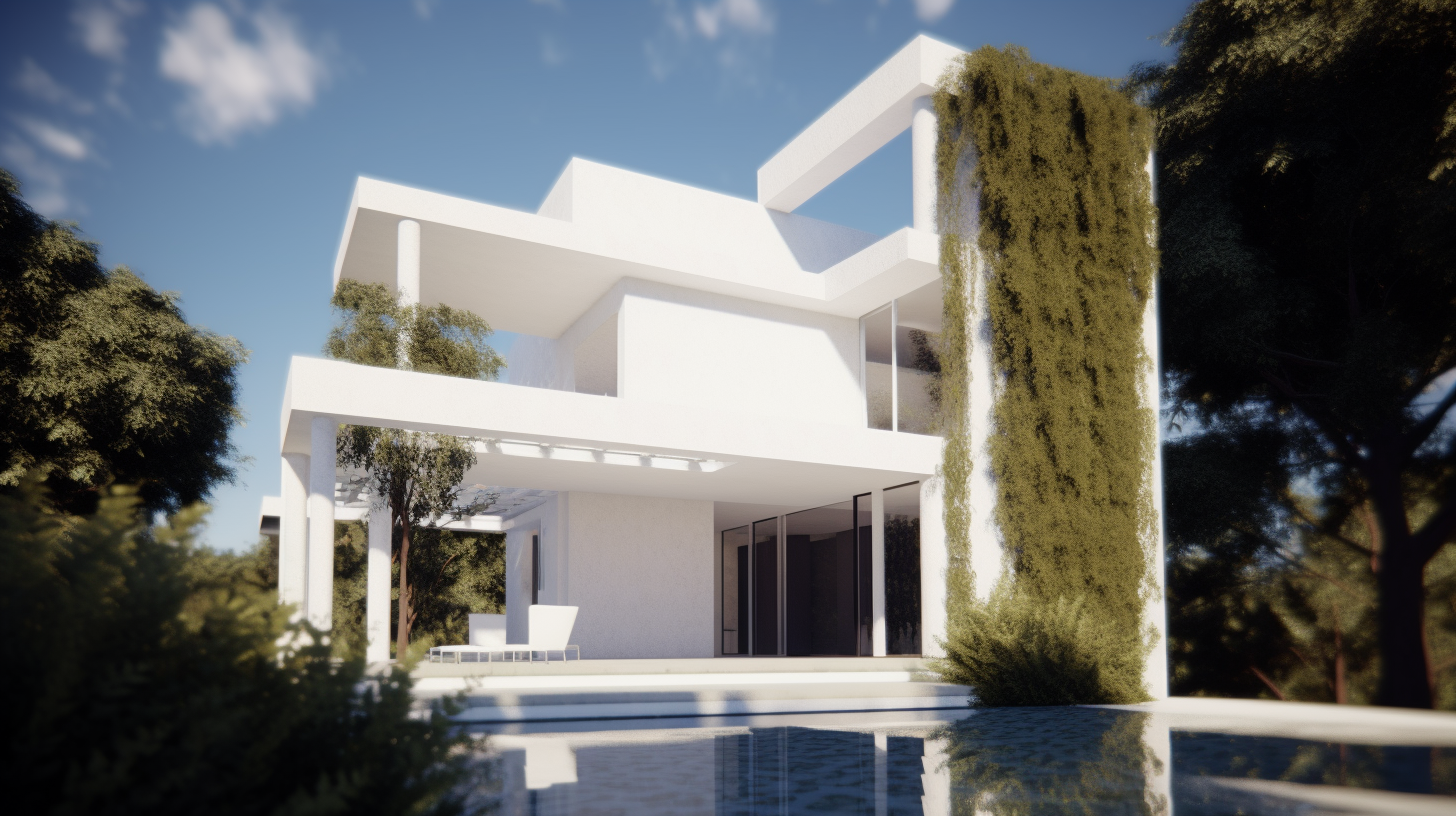
Architectural Alchemy: Designing from the Depths of Intuition
“Design is a not only a journey into the depths of our intuition but a journey of personal intimate discovery” As an architect, I often find myself immersed in the intricate dance between creativity and structure. While design concept drawings and technical drawings lay the foundation of any architectural masterpiece, there is a realm beyond the visible, a place where design is birthed from the depths of intuition. In this article, we’ll explore the fascinating journey of how design comes to fruition through the architect’s subconscious mind, guiding the creation of architectural concepts that stand as timeless works of art.
The Subconscious Mind, a Wellspring of Creativity
Architecture, at its core, is an art form. It’s an expression of ideas and emotions, transcending bricks and mortar. Behind every awe-inspiring building lies the architect’s subconscious mind, a rich reservoir of creativity waiting to be tapped. When I embark on a new design, I let my mind wander freely with a sense of childlike playfulness. It’s during these moments of creative meditation that I delve into the depths of my intuition. This intuitive space is where the magic begins to unfold. It’s the wellspring of ideas that cannot be found in textbooks or rigid design guidelines. In order for creativity to flow, the architects mind must be clear, it must also be non-self-aware as self-awareness of what is being created stifles the creative process.
Embracing the Architectural Journey
Architectural design is a journey, and like any journey, it unfolds in stages. The initial spark often arises from the most unexpected places: a fleeting image, an emotional reaction to the site, or even a casual conversation. These are the whispers of the subconscious, nudging us toward a unique vision. As architects, we must be receptive to these whispers. We embrace the uncertainty, allowing intuition to guide our initial sketches. It’s in these raw, unpolished lines that we glimpse the essence of what our creation could become. This is where the subconscious reveals its creative content. Almost always, the architects first intuitive sketch almost always holds the key that unravels the design concept.
From Concept to Reality
The architect’s journey continues as we refine our designs, balancing our intuitive visions with the practicalities of construction. It’s a delicate interplay between artistic expression and engineering precision. In this stage, the subconscious content takes shape, evolving into concrete concepts and technical drawings. One of the most remarkable aspects of this process is that the more we trust our intuition, the more harmonious and authentic the final design becomes. It’s as if the architecture itself is a living, breathing entity, a manifestation of our deepest creative impulses.
Leaving a Mark on the Landscape
Every architect leaves a mark on the landscape, not just in terms of physical structures but also in the emotional and cultural impact of their creations. It’s in these moments of profound connection with our work that we realise the power of intuition and the subconscious mind in shaping our designs. In conclusion, architecture is not just about bricks and mortar, it’s a manifestation of the architect’s inner mind. By embracing our intuition and tapping into our subconscious creativity, we breathe life into our designs, creating architectural concepts that endure through time. So, the next time you stand before a remarkable building, remember that it’s not just the product of technical expertise but a testament to the architect’s journey into the depths of intuition, where true design alchemy happens.
Sergio Chinelli is a registered architect with the South African Council for the Architectural Profession and has nearly 20 years of experience in bespoke residential “Nature-Inspired Architecture”. His architectural practice is located in Johannesburg, South Africa.



